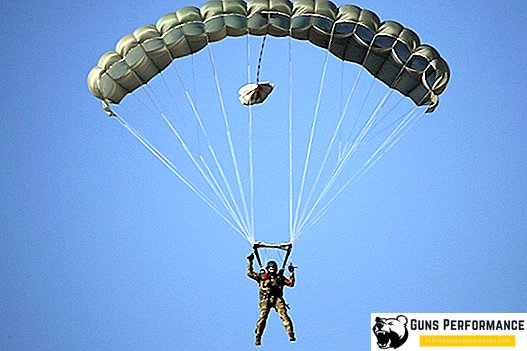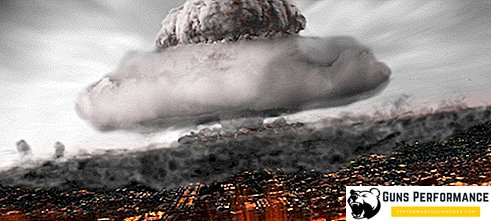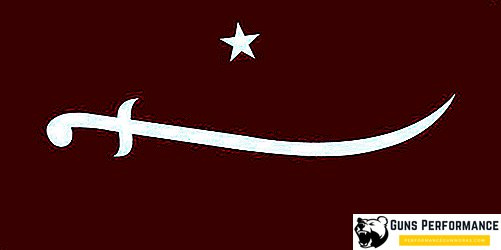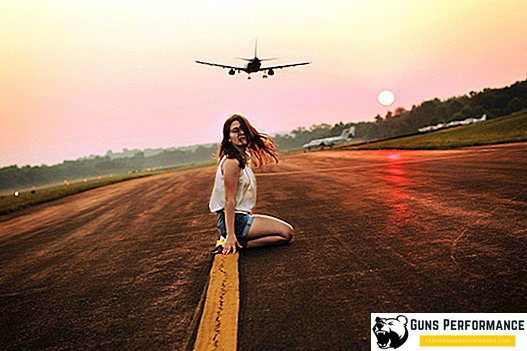According to the statement of Igor Nasenkov, the general director of Tekhnodinamika holding in Russia, the D-14 Shelest system, designed to be included in the outfit of the future soldier Ratnik, has been created and is being tested. It is assumed that its serial deliveries to the troops will begin in 2019, in order to change the currently used D-10 system. As conceived by its creators, the D-14 system will significantly increase the safety of parachute jumps by increasing the controllability of the parachute in the air and during the landing of the parachute jumper. In addition, a more optimal placement in the suspension system and an even distribution of the dynamic load will allow an increase in the mass of the landed cargo, and therefore the equipment of the paratrooper.

It should be noted that parachutes of the following main types are now used in the Airborne Forces:
- D-1 - due to the large weight (17.5 kilograms) gained the nickname "Oak". It is used for training jumps of beginning parachutists, its distinctive features in addition to a large weight are simplicity and reliability. Modern modification of the D-1-5U allows horizontal maneuvering;
- D-10 - the main parachute of the Airborne Forces. It allows landing with a complete set of equipment from all types of military transport aircraft and helicopters. The only limitation is the mass of the paratrooper, which should not exceed 150 kilograms. The use of D-10 is possible in the height range from 200 to 4000 meters;
- "Crossbow-2" - the first controlled parachute system, which allows you to bring the dome to a given point of landing. Its distinguishing features are the presence of a cargo container for equipment weighing up to 50 kilograms and the fact that the main and spare parachute systems are located in the same dorsal backpack and have a common suspension system;
- “Stayer” differs from “Crossbow” only by the possibility of jumping in tandem, which allows delivering a specialist who does not have experience of jumping in a specific area.
Both systems are applicable in the height range from 400 to 8000 meters; - “Storm” is a no-parachute parachute, which allows a drop from a height of 70 meters, which should minimize the landing time of fighters.
Also, according to the statement of Major General Vladimir Kochetkov, for the needs of the Airborne Forces, new parachute systems are being created, designed for use in the altitude range of 1200-8000 meters with an aircraft speed of up to 350 kilometers per hour. At the same time, the flight distance on the slings can reach 30 kilometers. The maximum allowed weight will be 190 kilograms.
In addition, it is planned to create a parachute-cargo system using satellite navigation, which will allow to deliver cargo to remote areas with high accuracy. According to General Kochetkov: "Satellite navigation will ensure the delivery of cargo with an accuracy of 1 meter." Another promising direction in the development of parachute systems is the creation of a one-time small-sized cargo system for dropping cargo into hard-to-reach areas, which is very important in the context of the course taken by the Russian Federation to expand its military presence in the Arctic.
As for the military equipment of the “Warrior”, for which, in fact, the D-14 parachute system is being developed, according to Major General Nariman Timergazin: “Development work on the modernization of the“ Warrior ”combat equipment in the“ Warrior-3 ”version are the same for the SV and Airborne Forces and are being conducted for more than a year. The samples of the new version of combat equipment obtained as a result of the development will be tested and after the start of their mass production, they will be received both in the SV and in the formations and units of the Airborne Forces. "

As is known, the “Warrior” is a variant of the newest equipment of the Russian army, also known as the “soldier’s kit of the future”. He is one of the key elements of the project to improve the combat effectiveness and survival of a single fighter through the use of the latest advances in high technology, which defines it as a set of the most advanced means of warfare, defense, communications, as well as means of observation and target designation.
Currently, the airborne troops have already received several thousand sets of equipment "Warrior", which include in addition to the means of protection and equipment, the latest models of small arms, which should significantly increase their combat potential. In addition, it is logical to assume that the massive introduction of the “Warrior-3” equipment, including the possibility of parachuting, and those that give an “electronic visor” and the exoskeleton will entail certain metamorphoses in the combat training of the domestic armed forces. Most likely, some army specialties will simply merge, which will determine the birth of new, more universal arms.
Unfortunately, the lack of information does not allow to assert anything definite about the use of the D-14 parachute system as an element of the “Warrior” equipment. However, if Igor Nasenkov’s predictions regarding the timing of adopting the Shelest system will be correct, then in a few months the situation will have to change ...











